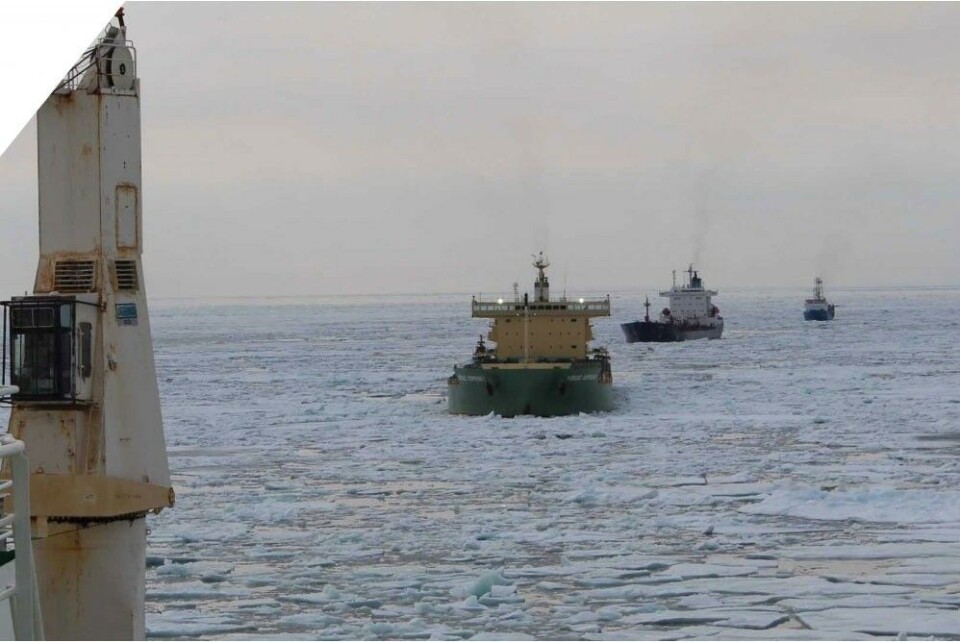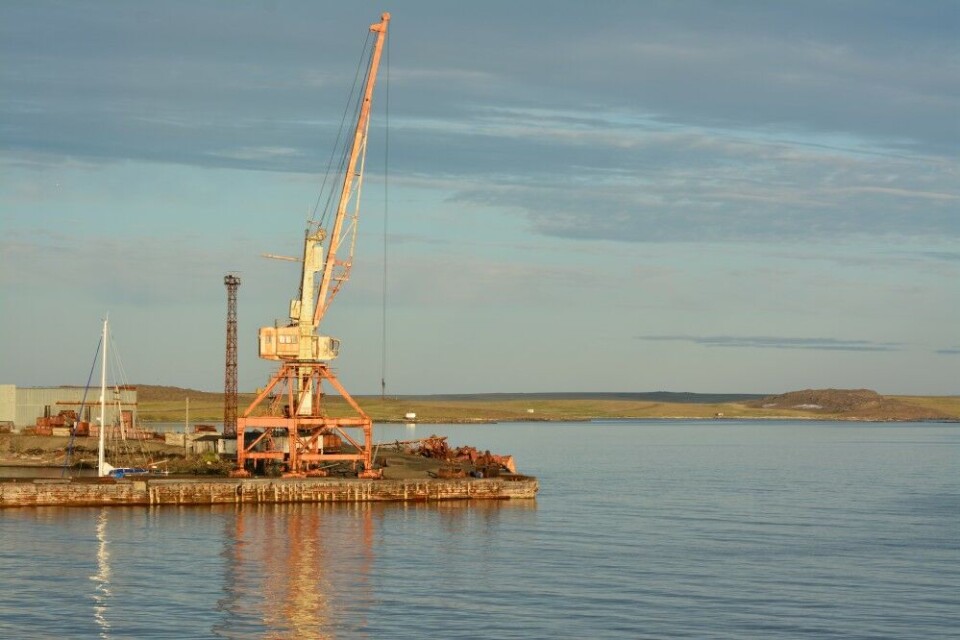
Arctic shipping in slow-motion, but goals stay unwavering
In the face of slow transportation developments in the Arctic and the ongoing effects of the Covid-19 crisis, Russian ambitious transportation priorities and goals stay unwavering.
During the “governmental hour” at a Federal Council meeting on October 6th, Deputy Prime Minister of the Russian Federation, Yuri Trutnev, alongside other prominent parliamentarians discussed the development of the Northern Sea Route (NSR) as part of a larger Arctic transportation plan.
The negative effects faced by Russia in recent global crises are not seen as arguments for postponing the 2024 and 2030 deadlines of the Russian government’s ambitious transportation plans.
The priority transport projects outlined at the federal level currently still include establishing year-round navigation and strengthening the ports of the Arctic basin. The heavy focus on the development of infrastructure, including transportation networks, in the north of the country is expected to not only create new opportunities for Russia but also increase profits of businesses and the state as well as improve the quality of life of the Russian population in the Arctic regions.

Specifically, there are three main goals that the Russian government is steadfast in achieving despite arising difficulties. Firstly, navigation along the Northern Sea Route is sought to become year-round already in 2023-2024. Secondly, another goal for the Russian transportation sector within the Arctic region is to reach a cargo turnover of Arctic ports reaches 80 million tons by 2024, newspaper Delovoy Peterburg reports.
Finally, according to the forecasts of Yuri Trutnev, the total cargo turnover of the ports located on the Northern Sea Route should reach 85 million tons by 2024. However, how realistic it is to achieve these goals is contested.
Making navigation year-round will, according to the deputy prime minister of Russia, Yuri Trutnev, help the sea route achieve real competition with the Suez Canal.
However, that is far from the sole thing that has to be done to boost NSR’s competitiveness. In an official statement on October 6th, Yuri Trutnev announced that “to achieve real competition with the Suez Canal, a lot needs to be done: we need to build icebreakers, improve transport infrastructure, provide satellite communications, Internet, meteorology and ice radar, create a rescue system, build a fleet adapted to Arctic conditions.”
According to Trutnev, year-round navigation is one of the many measures needed to boost the NSR’s popularity. Another goal is to reach a cargo turnover of 80 million tons for Russian Arctic ports by 2024. This goal is quite ambitious considering that currently, the volume of traffic on the NSR is 33 million tons per year.
In the cargo turnover specifically, the steep competition with the Suez Canal is seen: despite the NSR being 40 percent shorter than the Suez Canal transportation route, the cargo turnover for the Suez Canal is more than 1 billion tons per year.

Despite a steep goal to reach, Rosatom maintains a positive attitude as they expect that by the end of 2021, 35 million tons will be transported along the Northern Sea Route (NSR), news online GoArctic writes. Nonetheless, the prospect of transporting 45 percent of the volume that passed along the NSR in the first three quarters of 2021 in the remaining three months of the year looks highly ambitious.
However, the current optimism might be justified once navigation along the Northern Sea Route becomes year-round. Yet before that point is reached, there is still a lot of work ahead.
















